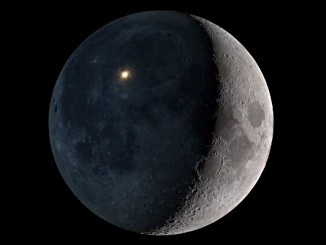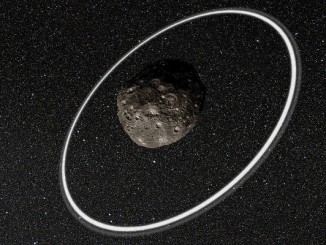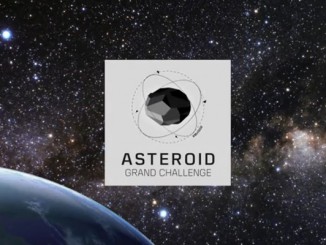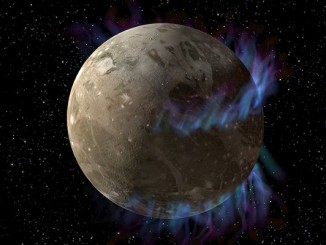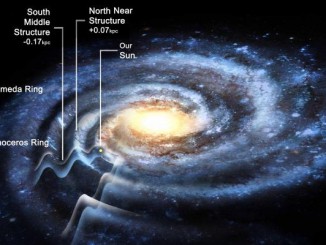
How an old law might bring new life to the search for habitable exoplanets
Researchers at the Australian National University and the Niels Bohr Institute in Copenhagen have calculated that billions of stars in the Milky Way will have between one and three planets in the habitable zone conducive to liquid water, by using a law proposed in 1766 that helped to discover Uranus.

